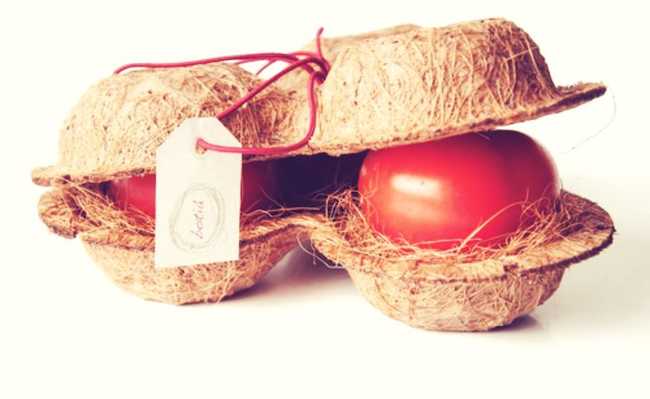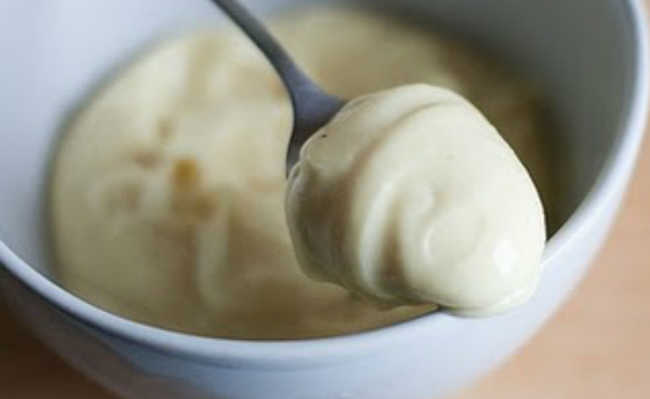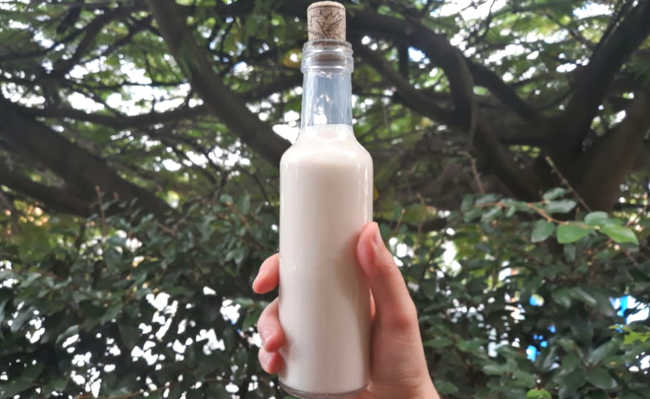Antioxidants: what are they and in what foods to find them
Antioxidant foods slow aging, prevent disease, among other benefits

What are antioxidants?
Antioxidants are substances capable of delaying or inhibiting the oxidation of an oxidizable substrate. The role of antioxidants is to protect healthy cells in the body against the oxidizing action of free radicals.
Ratio of free radicals and antioxidants
Free radicals (oxidizing agents) are molecules that, because they do not have an even number of electrons in the last electron shell, are highly unstable. They are always seeking to achieve stability by engaging in chemical electron transfer (oxy-reduction) reactions with neighboring cells. Despite being fundamental for health, when in excess, free radicals start to oxidize healthy cells, such as proteins, lipids and DNA.
The constant attack leads to lipid peroxidation (destruction of polyunsaturated fatty acids that make up cell membranes). The intensification of the lipid peroxidation process, in turn, is associated with the development of chronic diseases, such as atherosclerosis, obesity, diabetes, hypertension, and the development of degenerative diseases, such as Alzheimer's and Parkinson's, and some types of cancer.
The importance of antioxidants lies precisely in the fact that they are able to regulate the amount of free radicals in the body.
A diet rich in the consumption of antioxidants helps to reduce the situation of oxidative stress (imbalance between the levels of free radicals and antioxidants).
Antioxidant Defense Systems
Enzyme system (endogenous)
The enzymatic system is formed by a set of enzymes produced naturally by the body. However, the efficiency of this production system tends to decrease over the years. Therefore, it is important to maintain the quality of the second defense system, the non-enzymatic one, through the ingestion of foods rich in antioxidants.
Non-enzymatic (exogenous) system
Composed of groups of substances such as vitamins, vegetable substances and mineral salts that can be ingested through the diet.
Antioxidants act in two ways on free radicals: inhibiting their formation and repairing damage already caused. The first is related to the inhibition of chain reactions that involve its formation; and the second, in the removal of damaged cells, followed by the reconstitution of cell membranes.
Antioxidants also intercept free radicals and prevent their attack on lipids, amino acids, proteins, polyunsaturated fatty acids and DNA bases, protecting cells from damage. Antioxidants obtained through a diet rich in vitamins, flavonoids, carotenoids, among others, are essential in this process.
The human body has two antioxidant self-defense systems: the enzymatic (endogenous) and the non-enzymatic (exogenous) system.
Some antioxidants, such as vitamin E, are lipid-soluble (fat-soluble) and protect cell membranes from lipid peroxidation, helping to remove damage and rebuild the cell membrane.
The endogenous self-defense system, however, tends to be reduced with the natural aging process, as the production of antioxidant enzymes loses its efficiency over the years.
The main antioxidants of the non-enzymatic system are:
Beta-carotene and lycopene
They are carotenoids, natural dyes present in fruits and vegetables. They act as antioxidants, as they sequester oxygen, reducing the availability of free radicals to carry out oxidative reactions. They are associated with the prevention of carcinogenesis and atherogenesis, as they are able to protect molecules such as lipids, proteins and DNA from being oxidized. Furthermore, they are precursors of vitamin A in the body.
List of foods rich in beta-carotene and lycopene antioxidants
They are found in reddish, orange and yellow foods such as carrots, tomatoes, oranges, peaches, pumpkin; and in dark green vegetables such as broccoli, peas and spinach.
Curcumin
It is a naturally occurring pigment in turmeric roots. Widely used as a spice in Indian cuisine, turmeric scavenges free radicals and inhibits the damage of polyunsaturated fatty acids in cell membranes.
List of foods rich in antioxidant curmumin
Turmeric, turmeric and curry are sources of curcumin.
Flavanoids
Flavanoids are a set of substances naturally produced by plants to help protect against solar radiation and fight pathogenic organisms. They have the ability to inhibit the activity of enzymes responsible for the production of free radicals, thus preventing their formation.
List of foods rich in flavonoid antioxidants
They are found in fruits such as grapes, strawberries, apples, pomegranates, blueberries, raspberries and other reddish colored fruits; in vegetables such as broccoli, spinach, parsley and kale; in walnuts, soybeans, flaxseed; besides being found in beverages, such as red wine, teas, coffee and beer, and even in chocolate and honey.
Vitamin A (retinol)
Vitamin A has the ability to combine with some free radicals before they cause damage.
List of foods rich in vitamin A
It is present in foods such as carrots, spinach, mangoes and papaya.
Vitamin C (ascorbic acid)
Soluble in water (water soluble), therefore, it reacts with free radicals available in an aqueous medium, such as the one inside the cell. Vitamin C is also capable of regenerating vitamin E and keeping the enzymes of the endogenous antioxidant system in reduced states, mainly sparing glutathione.
List of foods rich in vitamin C
It is possible to ingest vitamin C in fruits: melon, cantaloupe melon, acerola, citrus fruits (oranges, lemons, tangerines) kiwi, mango, papaya, pineapple, blueberry, strawberry, raspberry and cranberry; and in vegetables: broccoli, Brussels sprouts, cauliflower, red and green peppers, spinach, potatoes, sweet potatoes, squash and tomatoes.
Vitamin E (tocopherols)
Vitamin E is a set of tocopherols, the most important as an antioxidant agent, alpha-tocopherol. Vitamin E is fat-soluble (fat-soluble), therefore, it works by protecting cell membranes (formed by lipids) from the action of free radicals. It also protects low-density lipoproteins (LDL) that act on cholesterol transport.
List of foods rich in vitamin E
It can be found in vegetable oils and derivatives, green leaves, oleaginous (Brazil nut, hazelnut, almond, walnut) and seeds, whole grains and leafy vegetables: spinach, watercress, arugula, among others.
Copper
Essential for the proper functioning of the endogenous self-defense system, as it influences the action of the superoxide dismutase enzyme.
Copper-rich food list
Beans, chickpeas, lentils, sunflower seeds, peanuts, raisins, walnuts, almonds and legumes are great sources of copper.
Selenium
It works together with vitamin E, fighting the action of free radicals. It also contributes to the normal formation of the thyroid.
Selenium-rich food list
Foods rich in Selenium are mainly Brazil nuts, brown rice and sunflower seeds. Selenium is a mineral present in the soil and, therefore, its amount in food varies according to the soil's richness in this mineral.
Zinc
Like copper, it influences the action of the superoxide dismutase enzyme.
List of foods rich in zinc
Pumpkin seeds, cooked soybeans, almonds and peanuts are sources of zinc.
Vitamin Supplements
Thus, it is essential to maintain the quality of the exogenous antioxidant defense system through the ingestion of antioxidants.
Since people have different vitamin needs, taking vitamins in capsules may not be recommended in all cases (Learn more in "Vitamins: types, needs and times of intake").
Despite the wide variety of vitamin supplements on the market, it is recommended that supplementation be done only based on a doctor's recommendation, followed by proper professional supervision.
To further your search:
- Turmeric and Cancer: anti-proliferative, anti-apoptotic, anti-angiogenic and anti-metastatic: Brazilian Association of Complementary Medicine
- Nutritional Therapy with Antioxidant Vitamins and Oncological Chemotherapeutic Treatment. National Cancer Institute
- Lycopene as an oxidizing agent. Nutrition Journal
- The role of antioxidant vitamins in preventing skin aging. Library of the Regional University of the Northwest of the State of Rio Grande do Sul
- Free radicals: concepts, related diseases, defense system and oxidative stress. Journal of the Brazilian Medical Association
- Free radicals and the main antioxidants in the diet. Nutrition Journal
- Health: Flavonoids against free radicals. FAPESP
- Vitamin A: US National Library of Medicine
- Vitamin C: US National Library of Medicine
- Vitamin E: US National Library of Medicine










